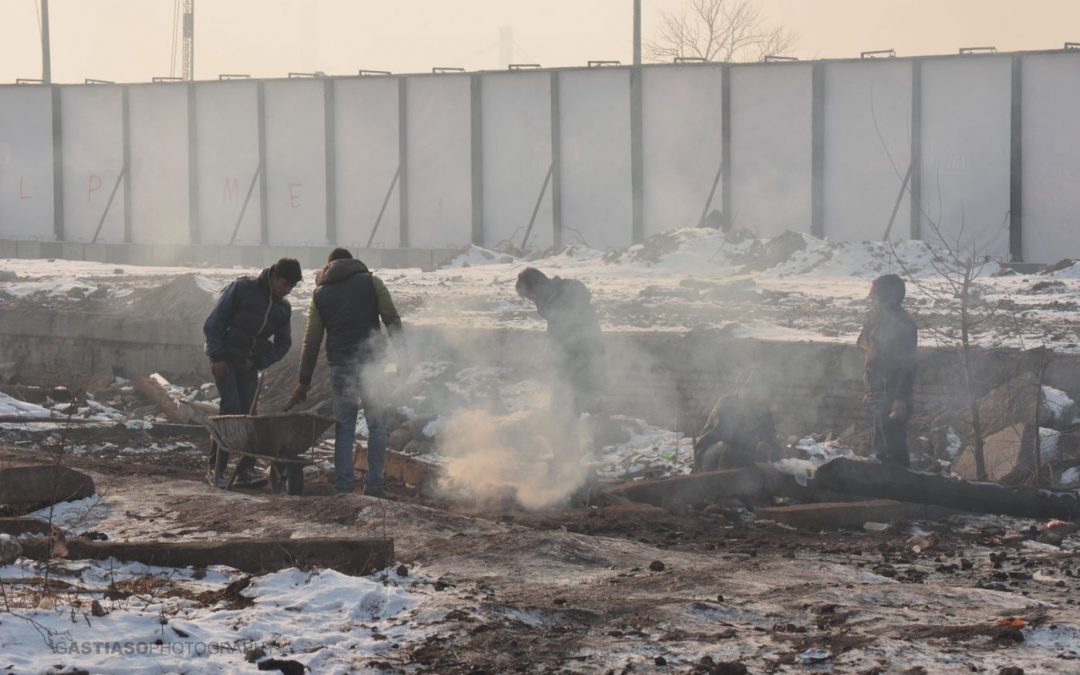ECRE’s Asylum Information Database (AIDA) is launching the first of a series of country reports from 20 European countries. The reports provide an updated and thorough overview of statistics, legal and policy frameworks and practices in the areas of asylum procedures, reception conditions, detention of asylum seekers and rights of recognised beneficiaries of protection.
Country reports on Serbia and Hungary are released today, while another 18 reports will follow during the next months. “The AIDA database offers an in-depth understanding of country-specific developments but also enables comparative research through common structure. Our reports reveal the persisting lack of coherence and common standards across Europe, from most worrying measures to best practices – for the first time extending their scope to integration questions such as residence rights, access to citizenship and family reunification,” says Minos Mouzourakis, AIDA Coordinator.
The first two reports on Serbia and Hungary are illustrative examples of some of the most problematic policies and practices across Europe. At the same time, they reveal a cross-border perspective of interlinked problems.
HUNGARY:
“Following an avalanche of restrictive measures in 2016 at all levels of the asylum system, 2016 was the final nail in the coffin of the Hungarian asylum and integration process, with major violations of the fundamental rights of asylum seekers and refugees,” says Minos Mouzourakis.
A few key-points:
- Limitations on entry through the transit zones: a growing number of migrants, an estimated one-third of which are children under 18, are trapped in “pre-transit zones” considered “no man’s land” by Hungarian authorities, with limited access to basic relief, shelter and legal assistance. Just 5 people a day are allowed to enter per transit zone.
- Automatic safe third country rejections: Despite UNHCR and NGO recommendations to exclude Serbia from the list of safe third countries, Hungary continues to automatically reject asylum applications on the basis of Serbia being a safe country.
- Systematic use of detention: In 2016 it frequently happened that there were more asylum seekers in detention than in open reception centres. On 27 December 2016, the number of asylum seekers in detention exceeded those accommodated in open reception centres, as 273 applicants were detained while only 194 stayed in open reception facilities.
- Dublin returns: 512 asylum seekers were returned mainly from Germany and Switzerland, despite evidence of human rights abuses and clear deficiencies in the Hungarian asylum system. Courts across 15 European countries have ruled against Dublin transfers to Hungary since the introduction of restrictive measures.
Read the full country report here.
SERBIA:
“Serbia continues to stand out as one of the largest challenges in relation to the treatment of asylum seekers and refugees,” says Minos Mouzourakis.
A few key-points:
- Automatic safe third country: Like Hungary, Serbia has also continued to systematically reject asylum applications on dubious “safe third country” designations, leaving access to protection only to a handful of refugees.
- Border control and push backs: Since July 2016, mixed patrols of the Serbian army and police have prevented more than 18,000 migrants to cross the border from Bulgaria. At the same time collective expulsions or push backs to FYROM have been reported.
- Reception and destitution: by the end of 2016, more than 7,000 people were residing in Serbia, the vast majority of whom (around 82%) were accommodated in camps along the border where they were waiting for their turn to be admitted into Hungary. The remainder stayed in border areas with Hungary or the streets of Belgrade in makeshift camps under dire and inhuman conditions.
Read the full Country report here.

